Is the Market Rally "The Real Thing" or Just More Perception Management?
A few charts call into question the current euphoric rally in most global stock markets. The growing consensus among technical and fundamental analysts is that the stock market has bottomed for the year and is now in full rally mode. There are five basic arguments in favor of a "real thing" rally that runs higher for months to come: 1. Stocks almost always rally in November-December, and end in positive territory in the 3rd year of the presidential cycle (2011) 2. September data in the U.S. was mildly positive, fears of recession have faded 3. Corporations like Google and Catepillar are posting blow-out earnings 4. Europe is finally solving its debt crisis in a comprehensive fashion 5. China is still growing and thus is still the tugboat pulling the global economy ahead There are seven factors on the other side of the ledger: 1. The ECRI announced the U.S. is already in recession: ECRI Recession Call: ‘You Haven’t Seen Anything Yet’ Recession is a binary: the U.S. is either in a recession or it isn't. ECRI says it is, the stock market is assuming it isn't. Only one can be correct. Question: if the U.S. is already in recession, how can that be positive for incomes, tax revenues, sales and ultimately, corporate profits and stock valuations? Bulls have to answer this question; ignoring it is not an option for any risk-conscious investor. 2. China's stock market has failed to join the global euphoria: The Shanghai Indicator (dshort.com) has fallen to multiple critical support levels and is still declining. Question: if China's growing so wonderfully, then why isn't it own stock market soaring? Perhaps the data supporting the official story of 8-9% growth (as usual) is more "perception management" than reality. If it was real, then why aren't Chinese stocks soaring along with other global markets? Once again, Bulls have to explain this disconnect; ignoring it is not an option for any risk-conscious investor. 3. Despite its 7% rally yesterday, copper is in a clear technical decline. Given its historical role as leading indicator of stock market trends, then this suggests global markets are due for a massive decline, not a rally. Bulls have to explain this disconnect; ignoring it is not an option for any risk-conscious investor. Here is a chart of copper, courtesy of The Chart Store (subscription required to access a vast array of financial and economic charts): 4. If the E.U. solves its debt problems by effectually transferring bad bank debt to the sovereign balance sheets of Germany, France, Finland, et al., then taxpayers will see their incomes significantly reduced by austerity and higher taxes, in both debtor and "savior" nations. Incomes and GDP are already declining in the weaker EU nations which have supported Germany's export-dependent economy by importing billions of euros of goods from Germany. What happens to German exports in Europe as its customers' economies contract? Question: how can lower incomes, and thus lower sales and lower profits, possibly be supportive of higher stock market valuations? There is no free lunch; the hundreds of billions, and possibly trillions, of euros needed to save the banks and bondholders from losses will come out of the pockets of taxpayers and recipients of State/government payments. That necessarily means those taxpayers/recipients will have less income and thus less money to spend. More government revenue will be devoted to interest payments, and so less will be available to transfer to citizens. Question: will the supposed benefits of saving large European banks via massive taxpayer-funded bailouts offset the declines in personal income which the bailout will require? How is a dramatic decline in personal income supportive of higher profits and higher stock valuations? Bulls have to answer this question; ignoring it is not an option for any risk-conscious investor. 5. Technically, the chart of the S&P 500 has some bearish elements: -- A classic megaphone pattern has emerged, a pattern which is usually a topping formation. -- The current rally could be forming the right shoulder of a long-term head-and-shoulders top. If we examine the "head," we discern a classic head-and-shoulders pattern; the break of the uptrend set up a test of the neckline, and now the current rally is the right shoulder of a multi-year top. A decisive rally above 1,350 to new highs would of course negate this pattern. There are also some similarities to the 2008 time frame just before the meltdown. For example: 6. The market's valuation is still extremely rich in terms of the nation's GDP: 7. Perception management. Since the Powers That Be have publicly proclaimed the stock market is their chosen proxy of the American economy, then we have to ask: would it be in the interest of the Status Quo to engineer a rally? The answer is obviously yes; a decline in the market would negate the official happy story that everything's fixed, there is no recession, etc. Then we have to ask: what's the best way to engineer a rally? Answer: A. Crank the market higher in light-volume periods such as pre-market and the last 30 minutes of trading. Evidence: most of the big gains of the past three weeks have occurred in pre-market or the last 30 minutes of trading. B. Manage perceptions of future Federal Reserve/Central Planning "easing" via rumors of yet more buying of mortgage-backed securities, speeches by top toadies discussing more "easing" programs are in the works, and all the other usual techniques of Central Planning propaganda. C. Goose the markets above key technical levels, which then triggers computer "risk-on" buying that turns a Central Planned rally into a self-sustaining "the real thing" rally. Technically, this rally hasn't shown the big volumes of "real rallies." That in itself should spark some skepticism about the nature of the rally. Bonus chart: As The Chart Store's Ron Greiss notes on this chart, analog charts are interesting but not necessarily predictive. Nonetheless, they offer potentially valuable "food for thought." This one is worth studying, as the present has tracked the 1907 chart to an uncanny degree. We can posit that the only reason the market didn't roll over last year was the Fed's "surprise announcement" of QE2. Perhaps this extend-and-pretend strategy will be followed by the decline witnessed in the 1907 chart. For a similar chart, please see Doug Short's Real Mega-Bears Chart which overlays the current SPX against the Depression-era Dow and the post-crash Nikkei. Has perception management replaced fundamentals as the foundation of all stock market rallies? Investors with an eye on risk would be well-served to ponder the question, and its many implications. If this recession strikes you as different from previous downturns, you might be interested in my new book An Unconventional Guide to Investing in Troubled Times (print edition) or Kindle ebook format. You can read the ebook on any computer, smart phone, iPad, etc.Click here for links to Kindle apps and Chapter One. The solution in one word: Localism. My Big Island Girl (song) Buy fromCD Baby or amazon.com (99-cent MP3 download) Order Survival+: Structuring Prosperity for Yourself and the Nation (free bits) (Mobi ebook) (Kindle) or Survival+ The Primer (Kindle) or Weblogs & New Media: Marketing in Crisis (free bits) (Kindle) or from your local bookseller. Of Two Minds Kindle edition: Of Two Minds blog-Kindle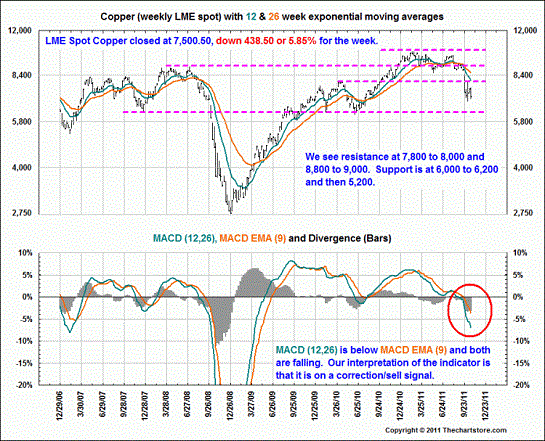
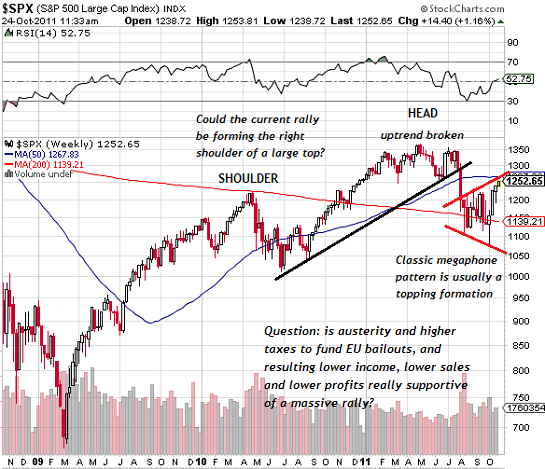
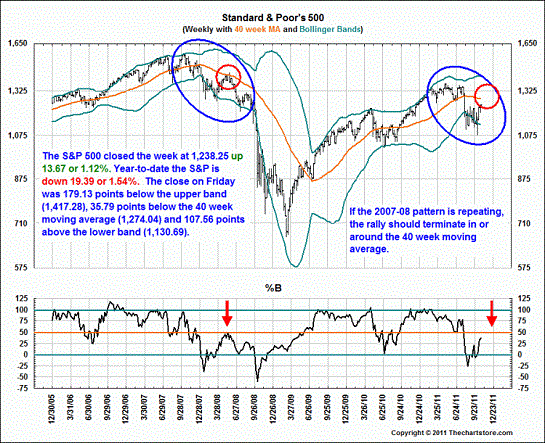
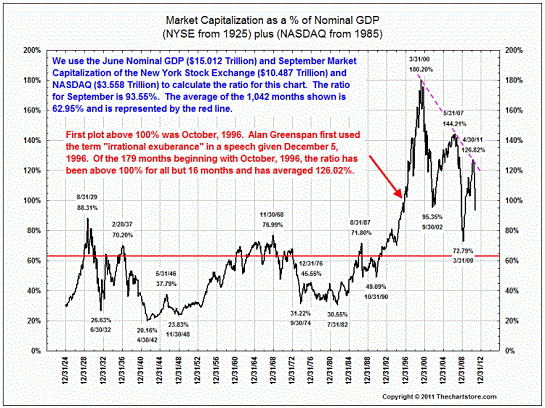
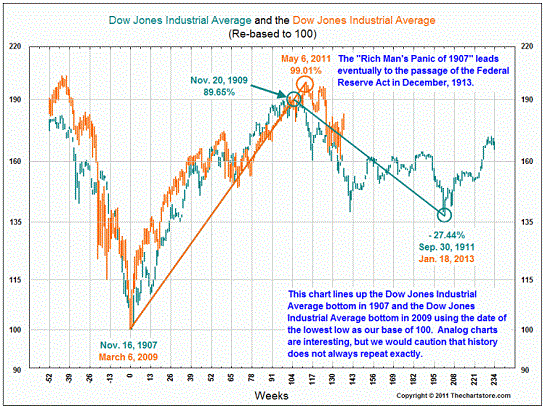

Readers forum: DailyJava.net.
My new book is available in both print and ebook formats: An Unconventional Guide to Investing in Troubled Times (print edition) or Kindle ebook format. You can read the ebook now on any computer, smart phone, iPad, etc. Click here for links to Kindle apps and Chapter One.Thank you, Lincoln F. ($20), for your most generous contribution to this site -- I am greatly honored by your support and readership. Thank you, David D. ($25), for your much-appreciated generous contribution to this site -- I am greatly honored by your support and readership.



























